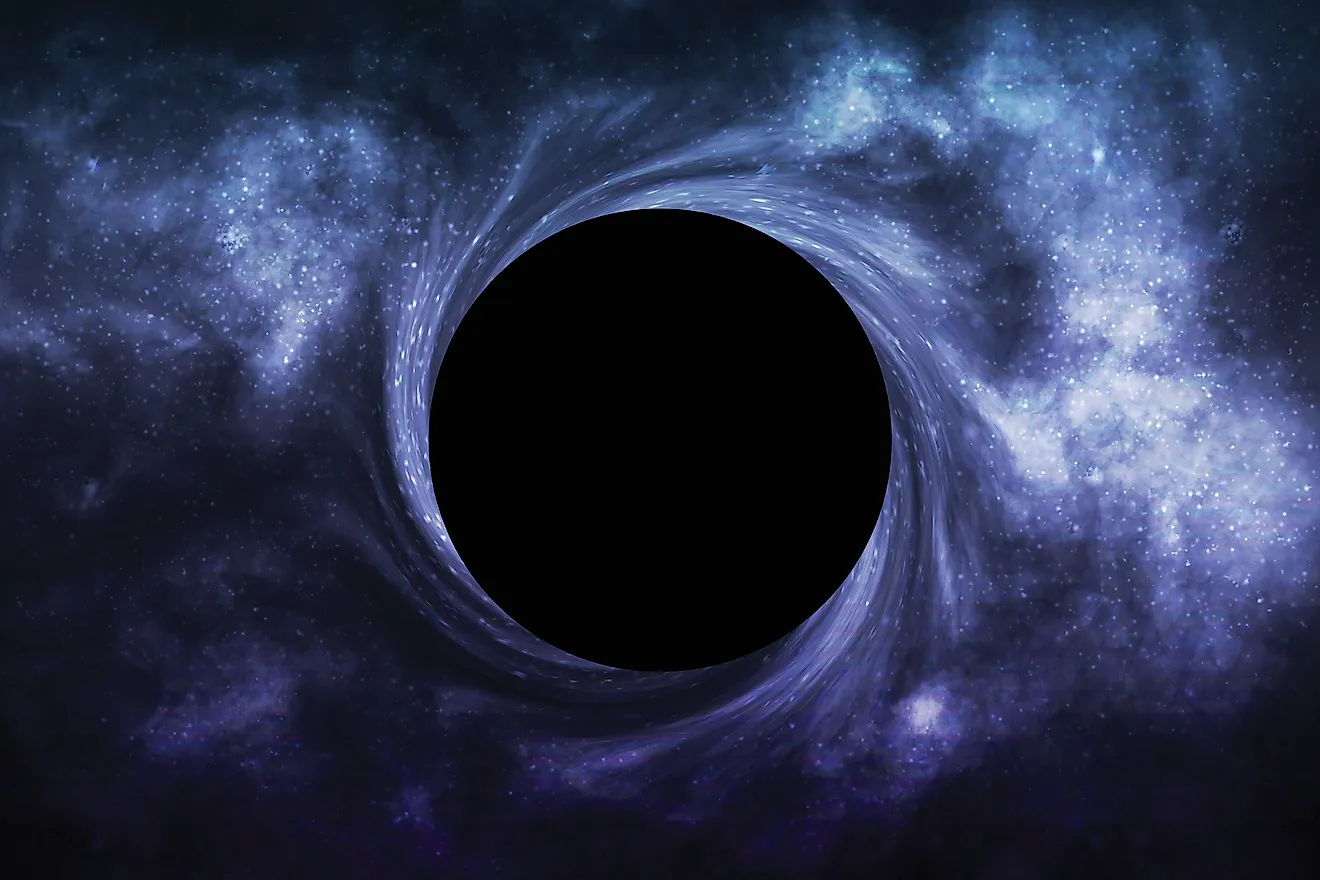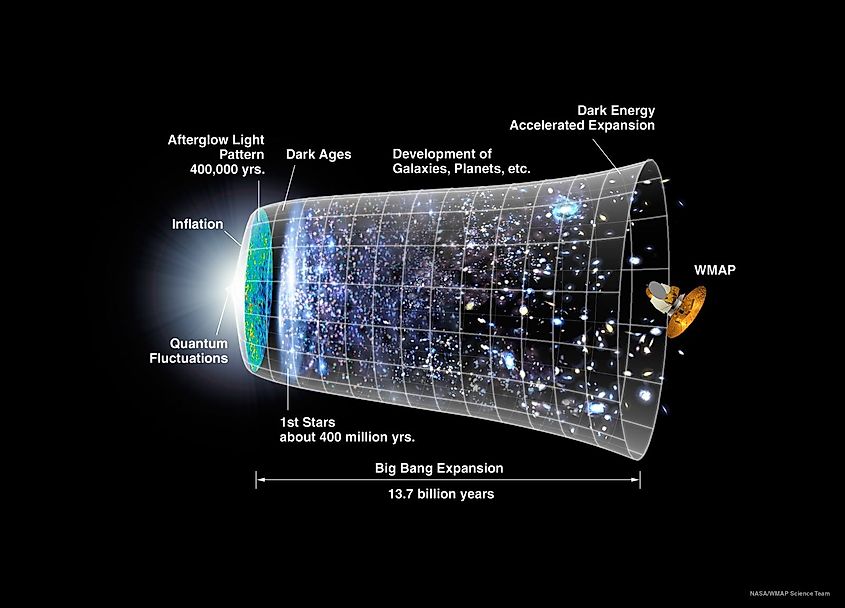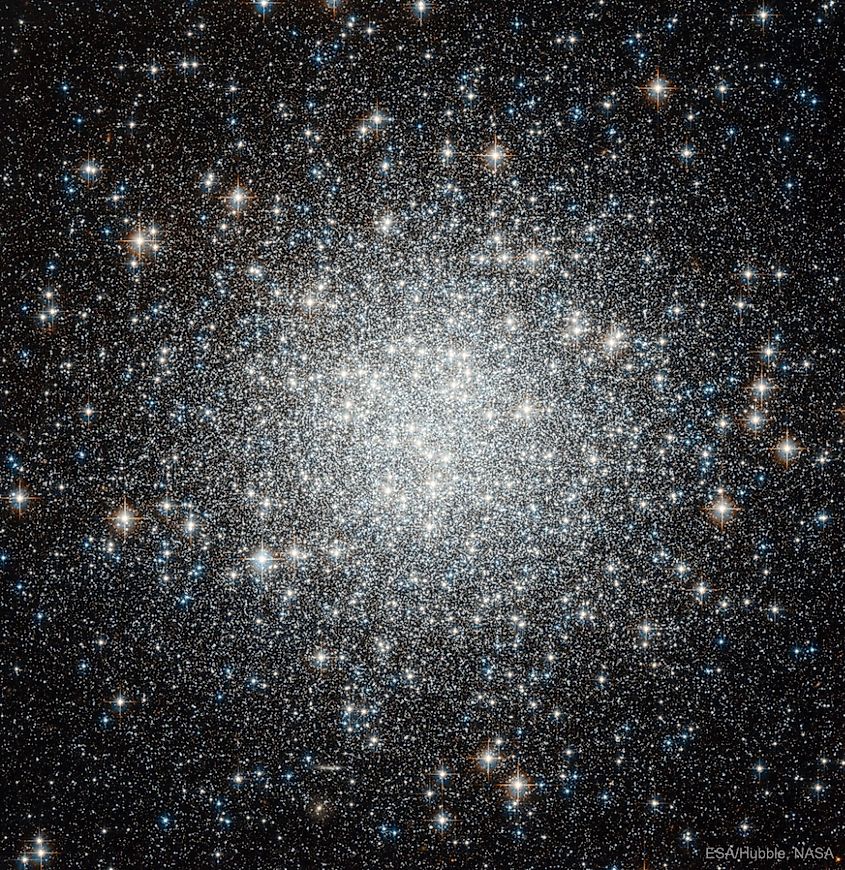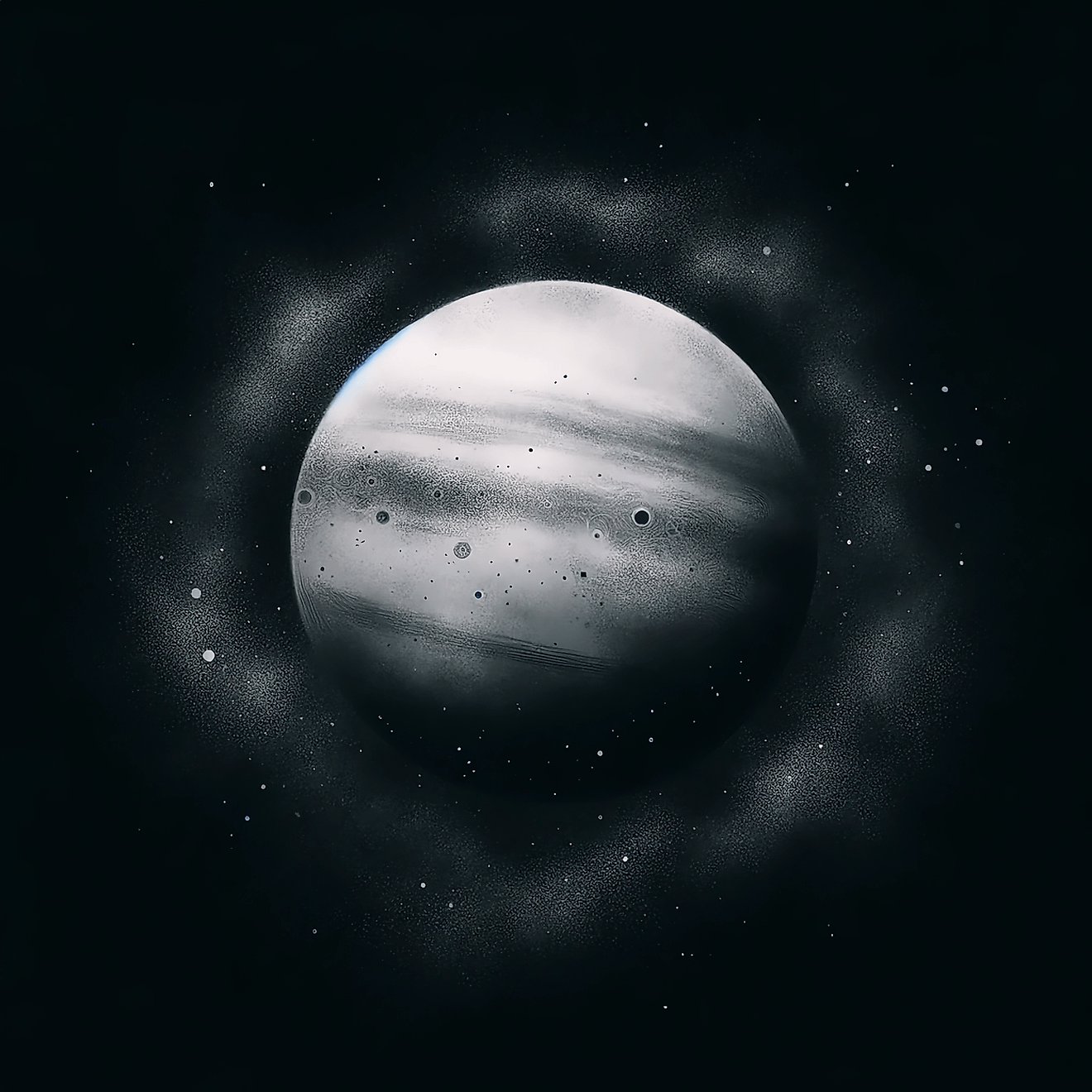Will The Universe Ever End?

- Every known star in the universe formed an age of star formation called the Stelliferous Era
- The universe will eventually use up its entire supply of star-forming material and star formation will cease
- Many trillions of years from now, the last star will burn out and only stellar remnants will remain
- Stellar remnants will cease to exist in many trillions of years, leaving behind a universe filled with nothing but radiation
The universe has existed for 13.8 billion years, from the Big Bang until now. That may seem long, but the universe is still young compared to how long it will likely exist. It may sound strange, but the universe will one day cease to exist. Many trillions of years from now, the stars themselves will burn out, leaving behind a host of stellar remnants such as neutron stars, white dwarfs, and black holes. Trillions upon trillions of years after the last star burns out; even stellar remnants will slowly decay until the universe contains nothing but an endless sea of radiation. When and how will this occur?
The Stelliferous Era

Our solar system and most of the stars we can see all formed during an era of cosmic history called the Stelliferous Era. The Stelliferous Era is the period where star formation is occurring across the cosmos. This era began around one million years after the Big Bang and will continue for another 100-trillion years or so. Although 100-trillion years seems like a long time, the Stelliferous Era will be one of the shortest eras of the universe. Given that the Stelliferous Era is defined as the era where star formation is occurring across the cosmos, its end is defined as when star formation comes to a stop. The idea of star formation ceasing entirely may seem strange, yet it is inevitable given that the universe contains a finite amount of usable hydrogen. As stars use hydrogen to form and evolve, they gradually fuse hydrogen into heavier elements. Eventually, all of the usable hydrogen will be fused into heavier elements, meaning that star formation will slow progressively and then come to a stop. The most massive stars will be the first to go, as their higher temperatures fuse hydrogen faster than low mass stars. Eventually, all the brightest stars in the universe will burn out in mighty supernovae explosions. They will leave behind many stellar remnants such as neutron stars, pulsars, and black holes. Once all the high mass stars have gone supernova, all that will remain are the much dimmer, low mass stars. Next to go will be medium-sized stars like our sun. The last stars to exist in the universe will be red dwarfs, with their rate of hydrogen fusion being so slow that they will continue to shine for many trillions of years after every other star has burned out. Eventually, they too will burn out until the very last star in the universe ceases to exist. In about 100-trillion years, the universe as we see it will no longer exist, yet the universe will be far from dead. Instead, stellar remnants will continue to provide some form of light, and planets will still likely exist around some neutron stars and white dwarfs. Furthermore, rogue planets, worlds that do not orbit a star, will continue to drift through an empty, starless universe.
Before the last stars burn out, most of the galaxies in the universe will be located at such vast distances from each other that it would be impossible to observe another galaxy from any other galaxy. The universe is expanding, constantly increasing its size. Due to the amount of dark energy in space, the expansion rate is accelerating. As matter gets pushed further and further apart, the force of gravity becomes weaker, and space accelerates faster. Eventually, most objects will pass what’s called a cosmic horizon, meaning they will be so far away that their light will never reach each other. Our cosmic horizon will gradually shrink until even the nearest galaxy is beyond our cosmic horizon. The universe will still contain many billions of stars and galaxies, yet it will be impossible to observe anything outside of the galaxy you reside in.
The Degenerate Era

The Stelliferous Era will be one of the shortest periods of time in cosmic history when compared to the eras that come after. After the last stars have burned out, all that will remain are stellar remnants. These include white dwarfs, neutron stars, pulsars, and black holes. It’s also entirely possible that some planets will live on past the Stelliferous Era. Scientists have discovered planets that orbit neutron stars, and so it really isn’t much of a stretch to assume that some planets will either survive the death of their star or some may even form as a result of their star dying. Either way, some planets will remain in orbit around stellar remnants long after the last stars have burned out. If some of these planets happen to retain a significant amount of internal heat, it’s possible they may even possess subsurface oceans of liquid water, which may be the last place in the universe where life could exist. Eventually, though, even stellar remnants will cease to exist. This era of cosmic history is known as the Degenerate Era, and it will likely last for many hundreds of trillions of years. Although their lifespans are unimaginably long, even things like white dwarfs, neutron stars, and black holes will cease to exist. Black holes will be the last to go, with the largest black holes having lifespans that could stretch up to 10^72 years (a one followed by 72 zeros).
Black Hole Era
How exactly does a black hole cease to exist? Stephen Hawking was the first to predict that black holes will slowly shrink over time and cease to exist in the far future. Hawking predicted that every black hole emits a stream of radiation called Hawking Radiation. The amount of Hawking Radiation a black hole emits is related to the surface area of a black hole. The larger a black hole, the lower the amount of Hawking Radiation. Thus, the larger a black hole is, the longer it takes for it to lose mass and shrink. It will take trillions upon trillions of years for the largest black holes to shrink and disappear, yet one day it will happen. When the last black hole ceases to exist, all that will remain in the universe are particles and radiation drifting aimlessly through infinity. The end of the Black Hole Era will usher in the Dark Era. How long this era will last depends on when protons decay. Since the predicted half-life of protons cannot be observed, scientists must rely on estimates. Currently, scientists estimate the half-life of the proton to be about 1.67 x 10^34 years. If this turns out to be true, then the last protons will eventually decay into smaller particles, in this case pions and positrons. One day, even these particles will cease to exist. Once all known particles have decayed, the universe will come to an end. All that will remain is an endless sea of empty space.











